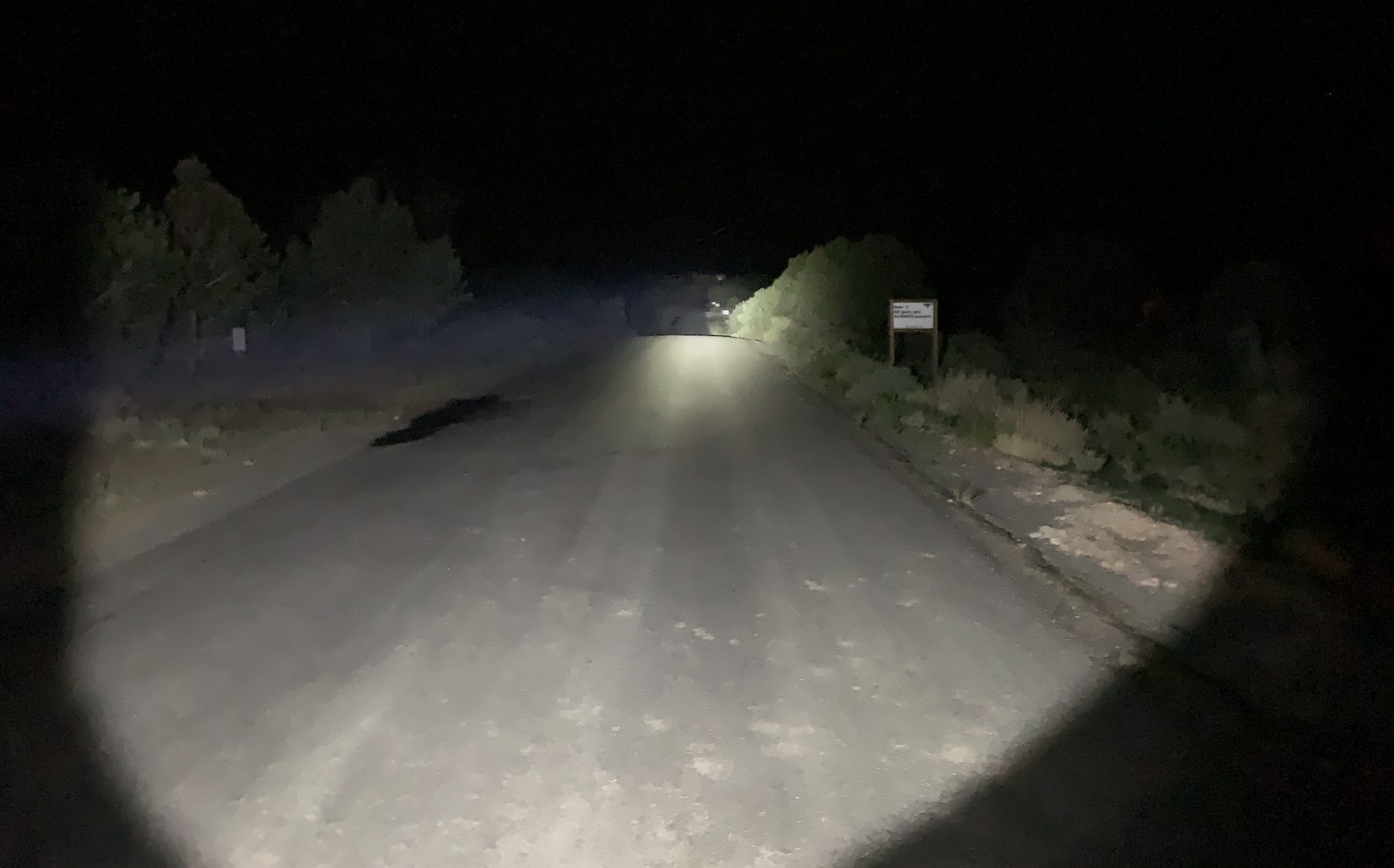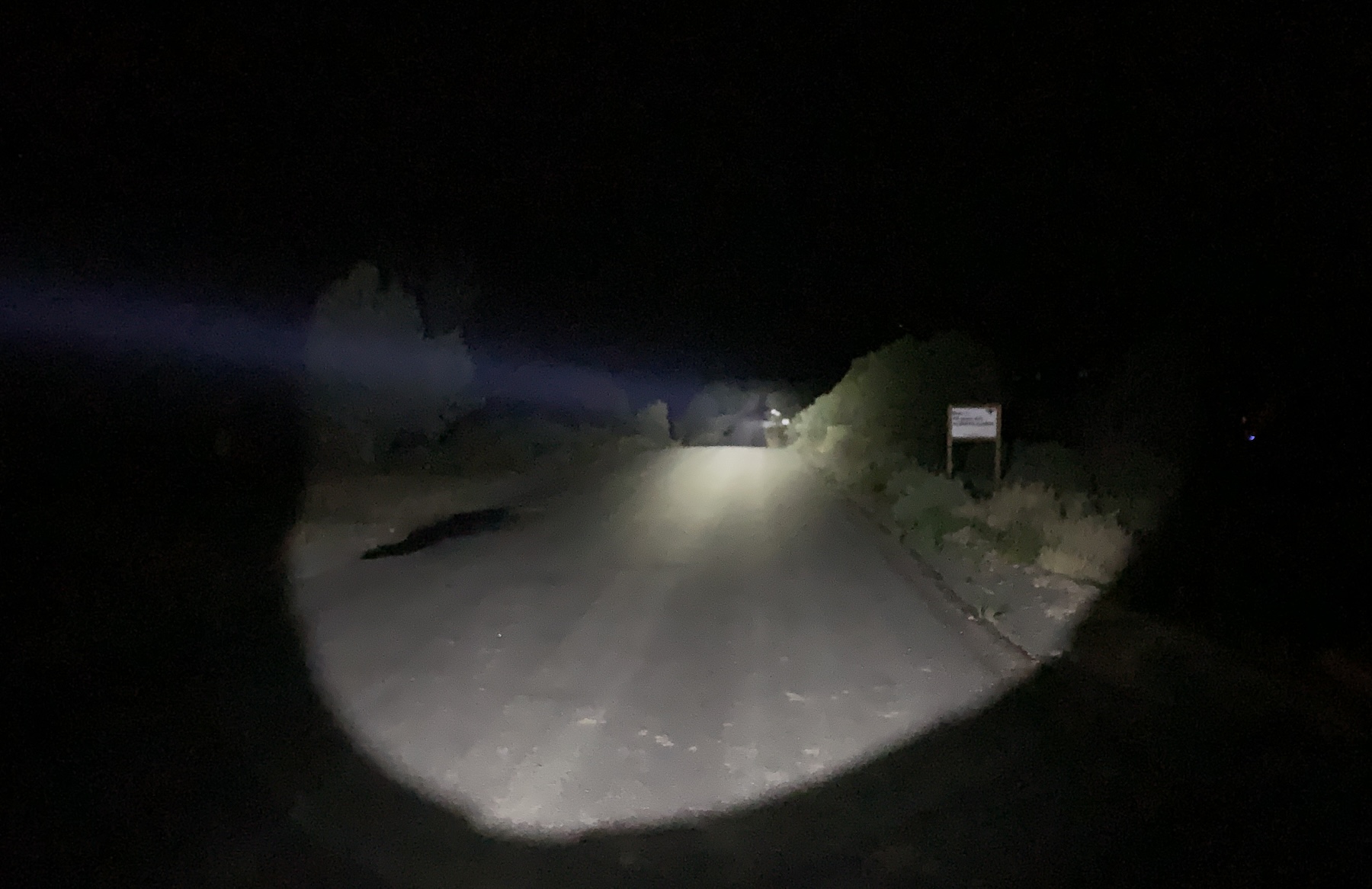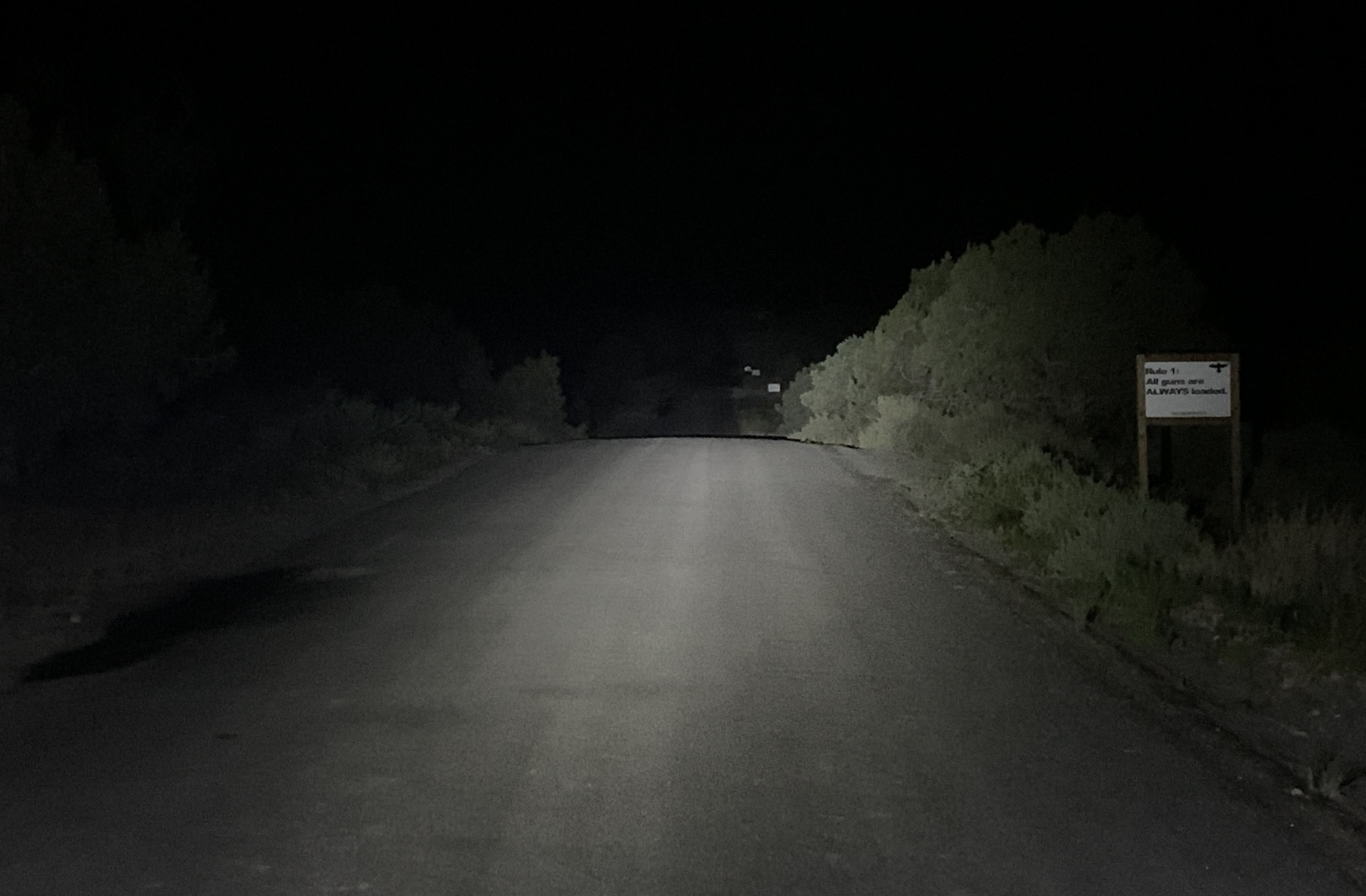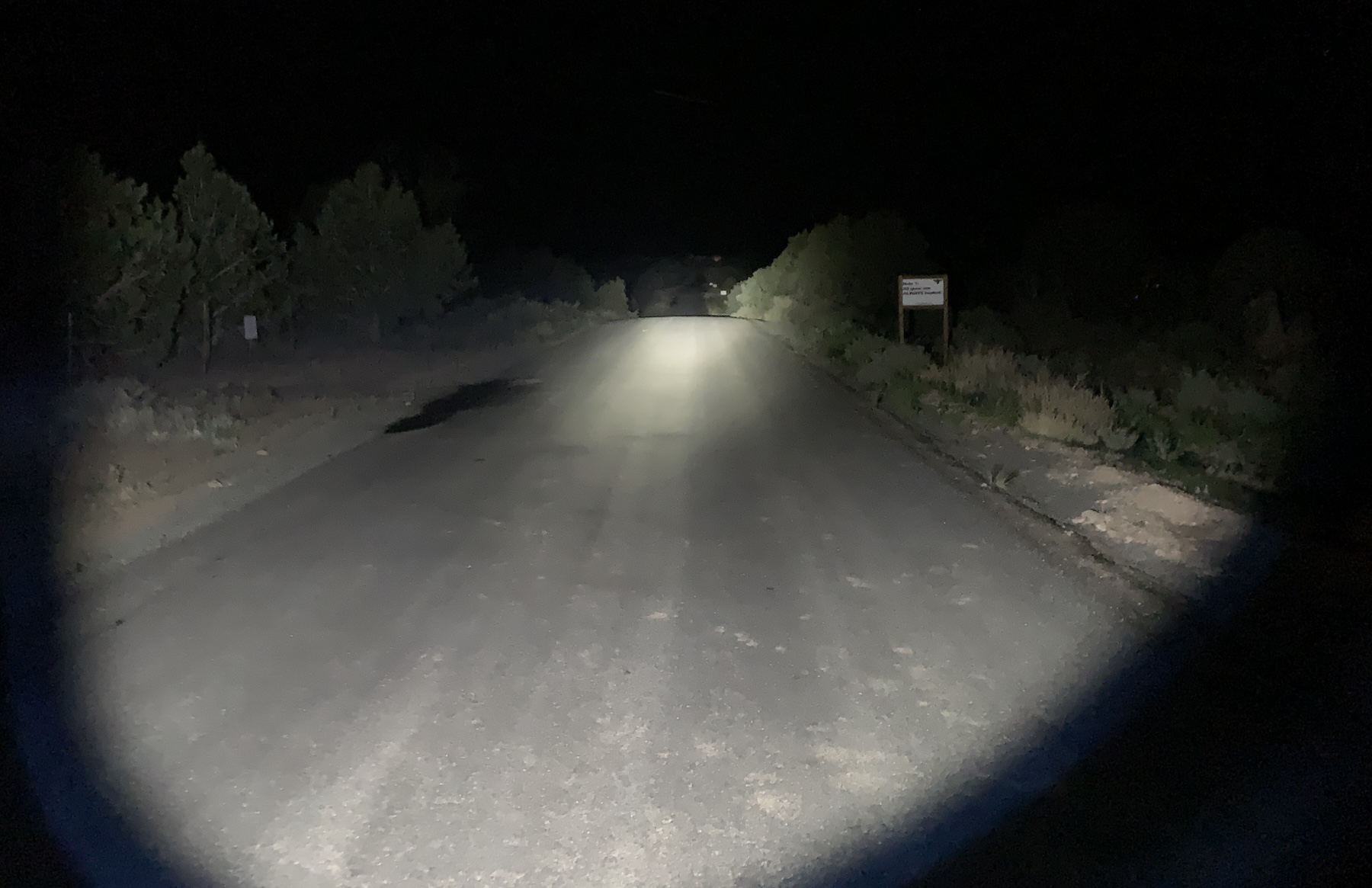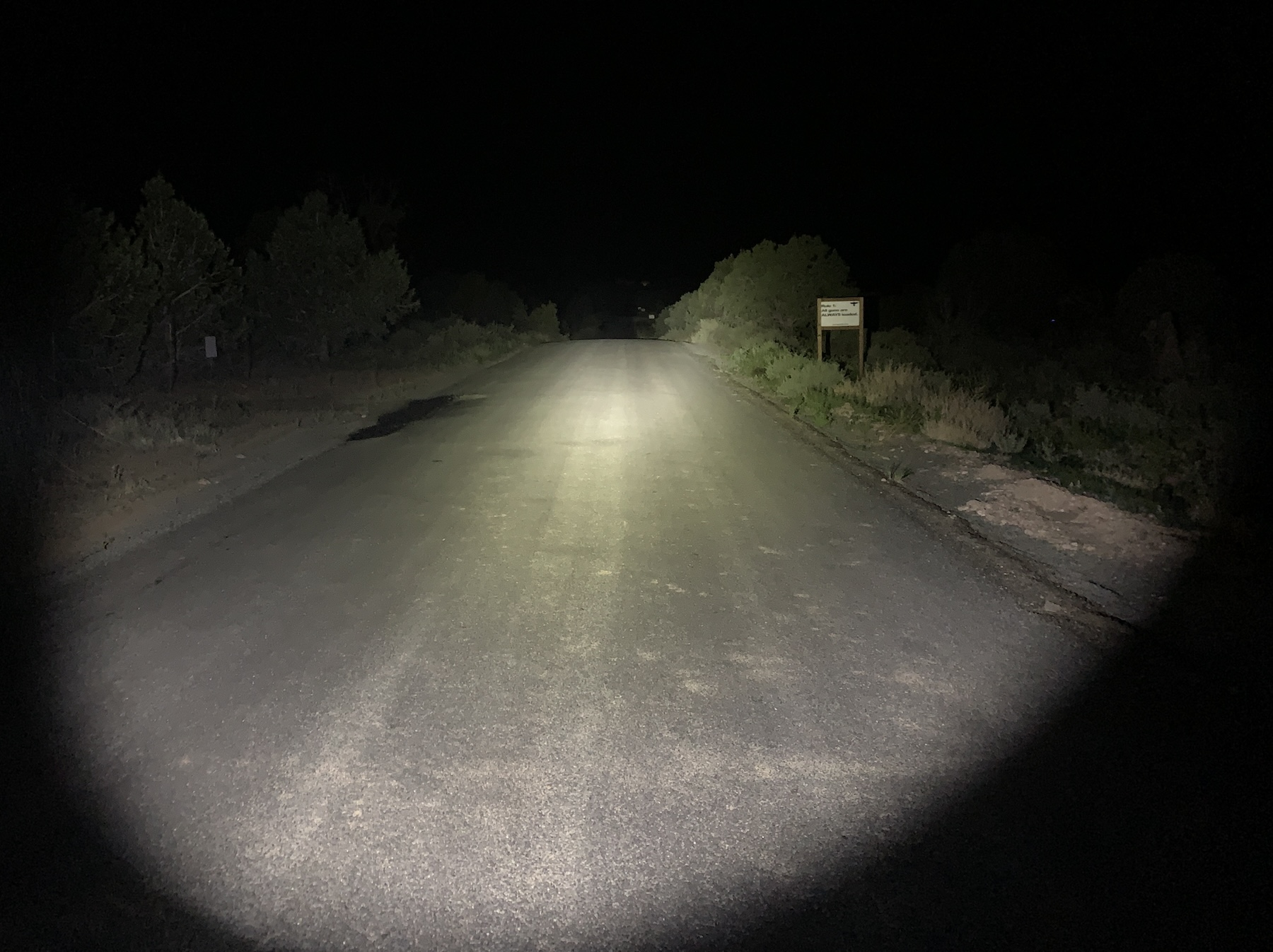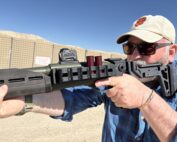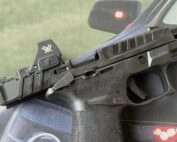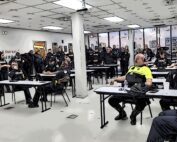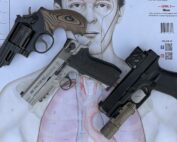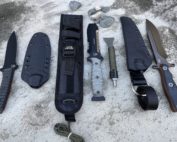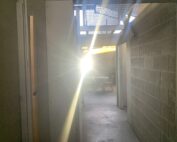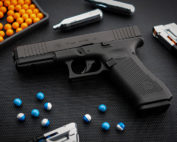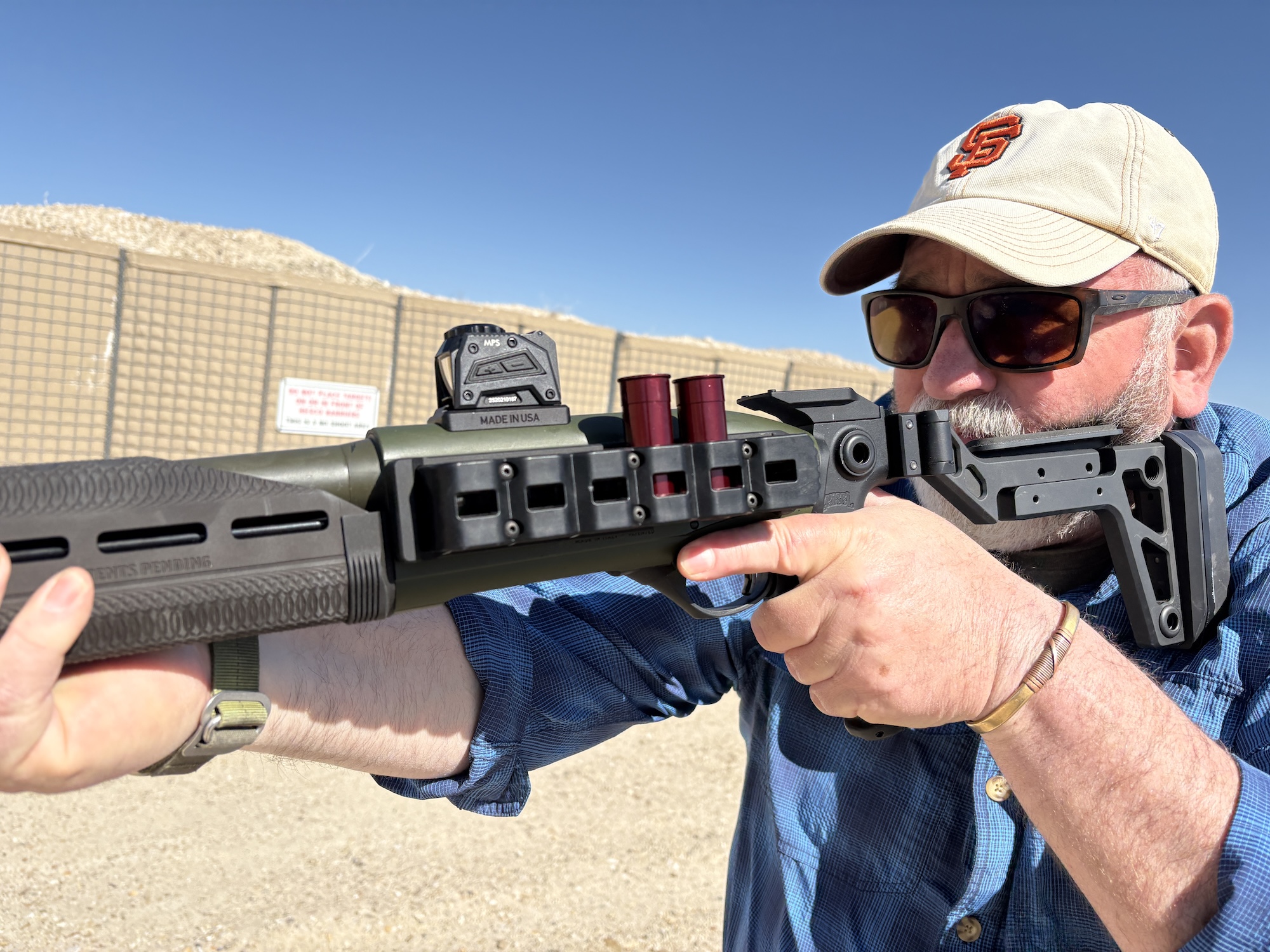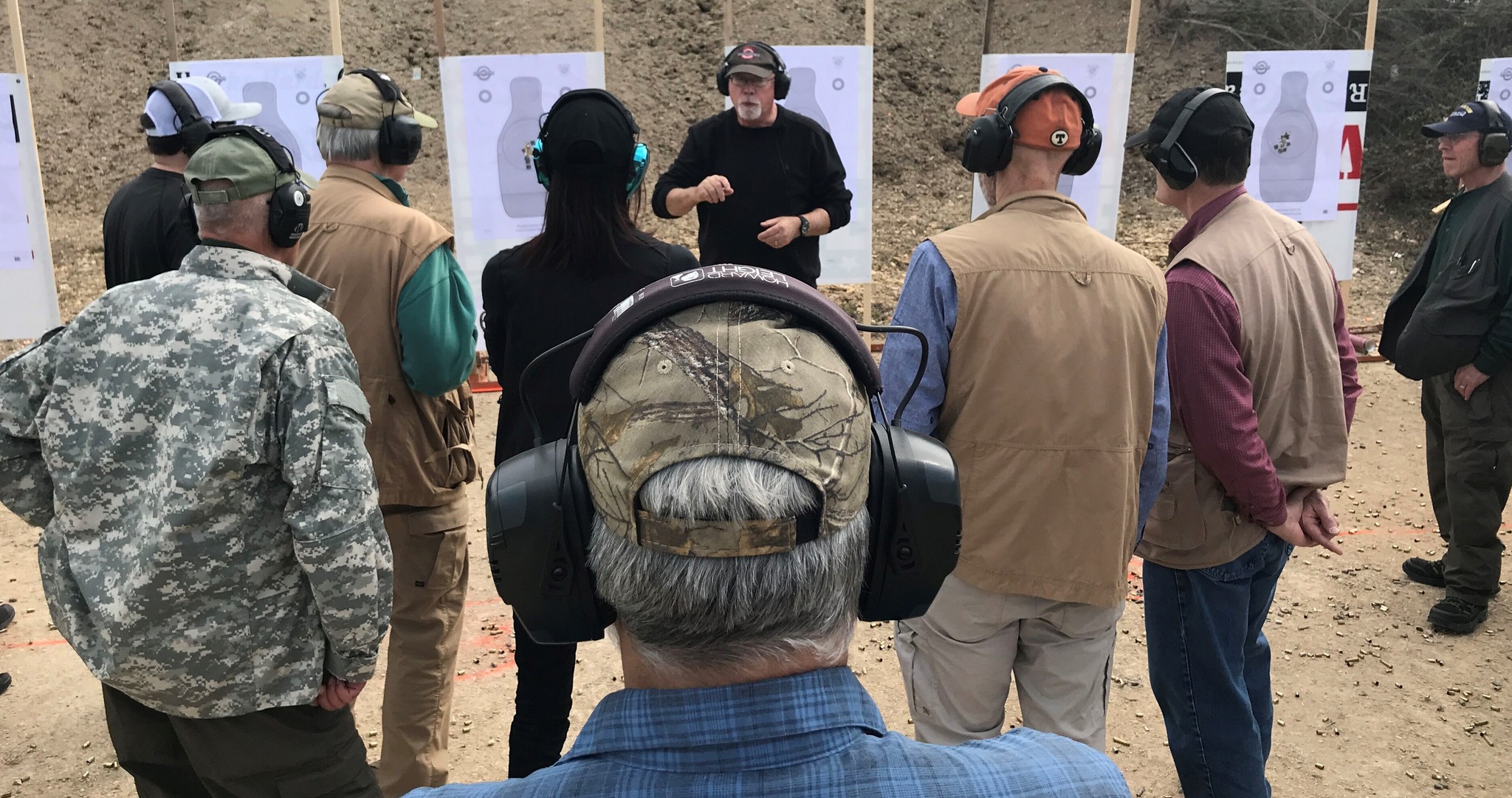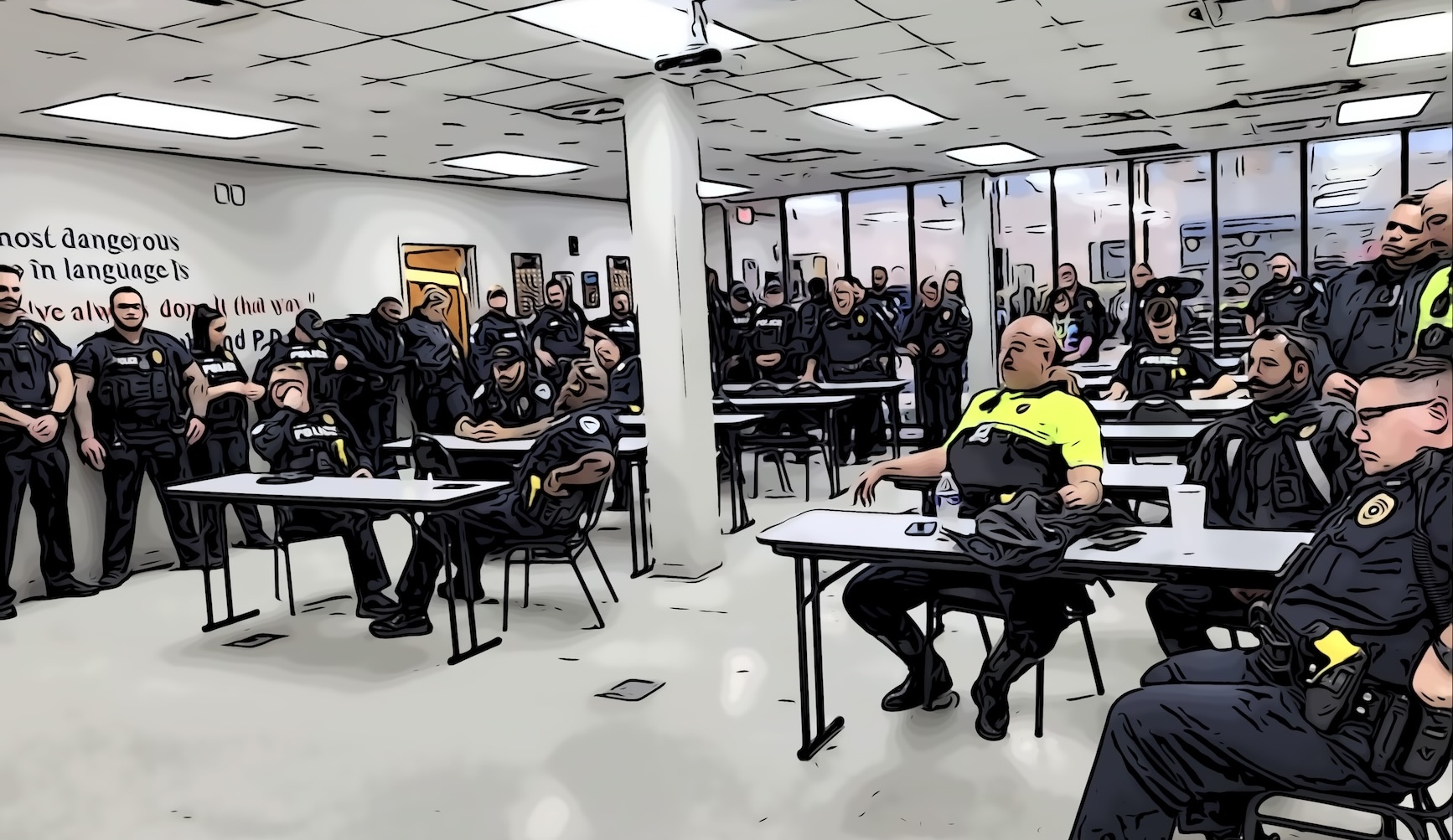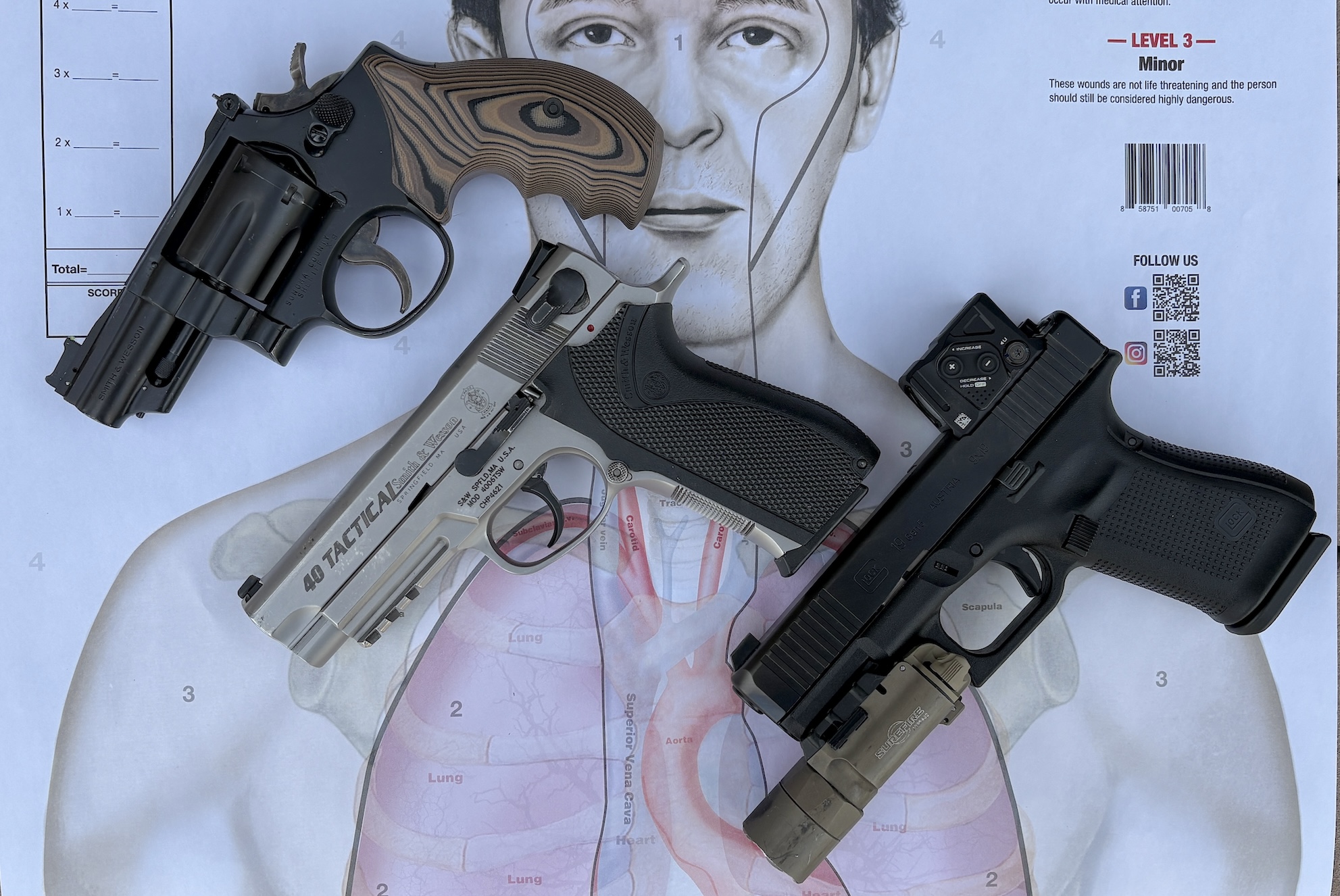
feature2024-09-02 at 9.01.03 PM
Role
“2: a function or part performed especially in a particular operation or process.”
It’s safe to say that “we” – the whole community of uniformed personnel and decent, normal humans who want to be prepared – have never been better off in terms of the availability of lights for the roles we serve. That includes both handheld lights and those attached to our equipment, whether it is a firearm or other protective gear – like a helmet.
Those roles have different requirements. Daily general-purpose use versus uniformed patrol, for example.
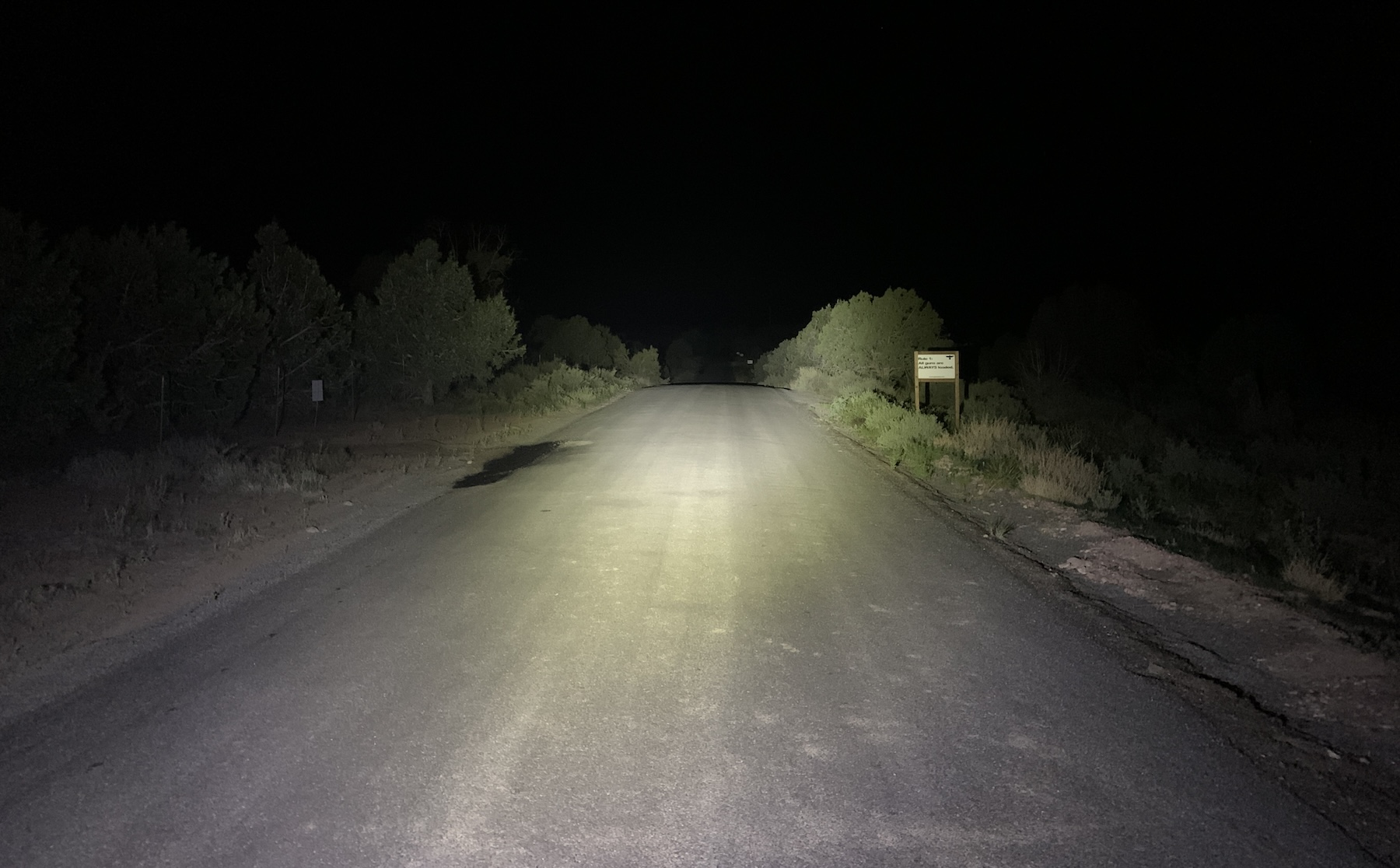
Streamlight’s HL-5X is a larger “Let’s see what is out there” light with both higher candela and lumens.
What do we use lights for?
Searching – to locate people or problems in an area;
Navigating – moving through an environment and finding cover;
Threat Identification – who is who;
Control – limiting the amount of information they have and their options;
Communicate – direction, movement, and position;
Or, NICE:
Navigate – what’s in front of you, where are you going?
Identify – who is that? Are they a threat or friendly?
Communicate/Control – Get someone’s attention and keep it, deny them information, or direct others where you need them to go.
Engage—An appropriate amount of light helps you solve the tactical problem in the most appropriate way. That light will also help you employ the appropriate amount of force when it’s needed.
General Purpose
For normal daily use, a small rechargeable light is a solid choice. At least two companies – SF and STL – are making lights like these. They also have a form factor that makes them easier to carry in clothing that generally doesn’t trip visual triggers or scream “tactical.” That isn’t always the case though. Several years back, I had a Stiletto Pro on me when going to an SF Giants game. Security spent quite a bit of time trying to find the blade they were convinced was in the Stiletto. Ultimately, I got into the game and kept my light.
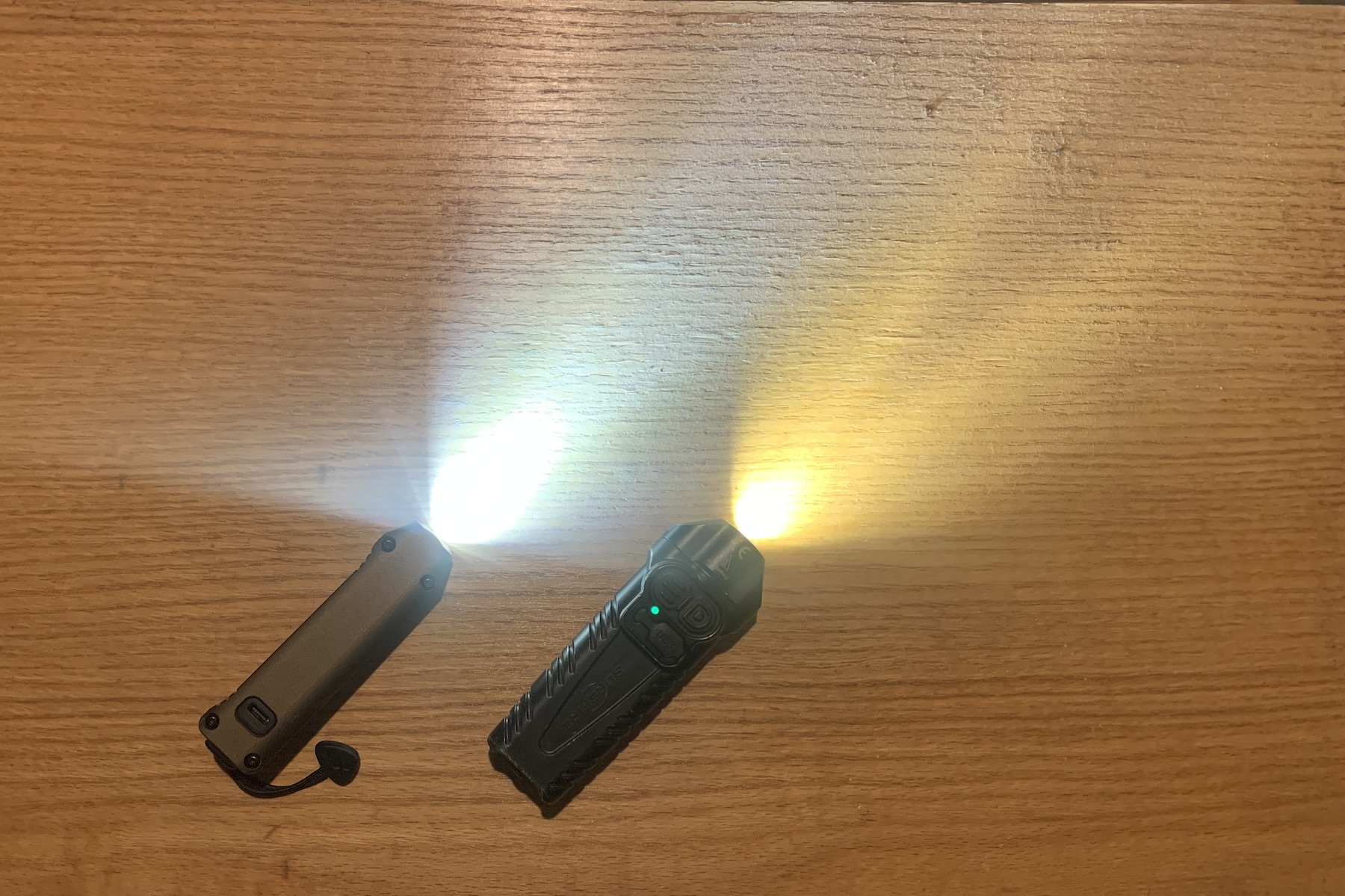
Two similar general-purpose task lights – Streamlight’s Wedge XT and Surefire’s Stiletto Pro – are really good for their job.
The Wedge and the Stiletto are solid general-purpose lights with decent output numbers. However, neither of them projects light out to a distance that’s sufficient to be considered as something other than a task light.
Lumen
“3: a unit of luminous flux equal to the light emitted in a unit solid angle by a uniform point source of one candle intensity”
Inside A Structure
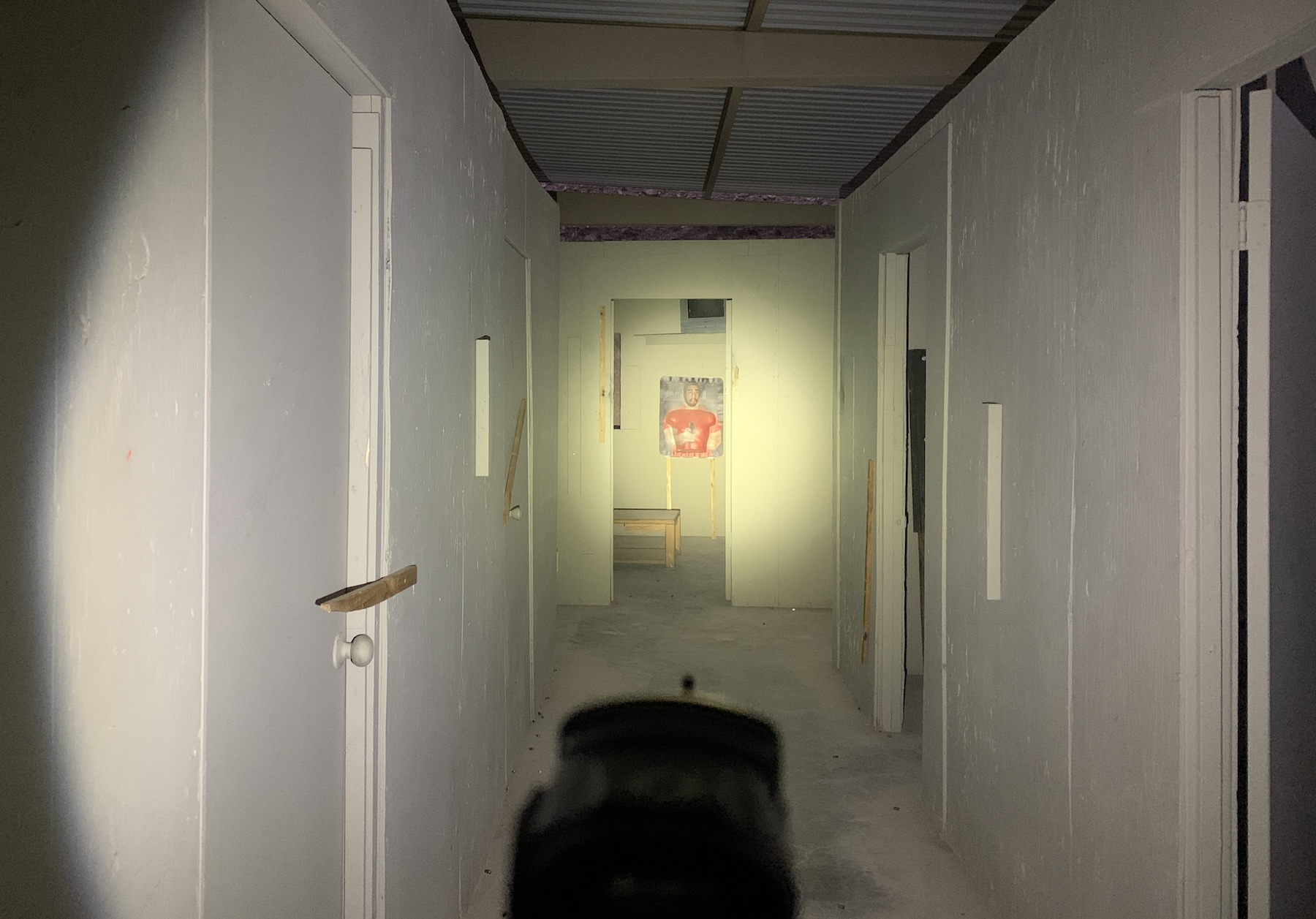
15 yards down the hall and through a door with a Surefire X300U-A, a good hot spot with a dimmer spill.
Just because one is inside a structure does not mean that everyone needs similar amounts and types of light. A warehouse or other building with a large open floorplan might generate requirements that are more at home outdoors.
In addition to the requirement above, when I’m inside, I want enough lumens to illuminate the room I’m about to enter or am now searching. More light coupled with a reflector intended for that role results in a wide enough beam.

Streamlight’s TLR-7 HL-X has been a pleasant surprise. Within the role, it has a viable beam and good spill. Enough of both numbers to make it viable.
Some handhelds and pistol lights appear to work well in this role.
These include the commonly known Surefire lights, Modlite’s PLHv2 models, and the Duty from Cloud Defense.
Here are two smaller pistol lights from Modlite and Streamlight:
Streamlight’s TLR-7 HL-X is a 1000-lumen option with 22,000 candela and a 30-minute run time on a rechargeable battery;
Using a 18350 battery, Modlite’s PL350Compact produces 876 lumens and 18000 candelas. They list the color temperature in Kelvins, but that is for another article.
candela
“can·de·la kan-ˈdē-lə
2: the base unit of intensity in the International System of Units that is equal to the luminous intensity in each direction of a source which emits monochromatic radiation.”
Reach Out
Once I get outside (or am in a large structure with an open floor plan), I want the candela, all of it. That is as much throw from the beam as I can get. I want to project that light out at a distance—across a parking lot (and through other light sources), down the block, or to the other side of a field. All of that applies double when I employ a shotgun or carbine.
Earlier this year, I compared a few of my lights against each other on a paved road. I used the lights to try illuminating a series of signs along a road on the Gunsite campus. Each sign displays one of the four firearms safety rules.
Examples
Those lights included:
Modlite’s HAWG – with their OKW (high candela) head that uses a rechargeable 21700 battery -produces 720 lumens with 170,000 candela;
The Modlite OKW I carried on my duty belt runs on an 18650 battery. It puts out 680 lumens and 69000 candela.
During a recent low-light instructor course, some Los Angeles deputies introduced me to the Streamlight ProTac HL-5X, which they had used during the 2020 riots at stations. Two rechargeable SL-B26 batteries power it, resulting in 3500 lumens and 51000 candela.
I have been working with two different Cloud Defense MCH models. The HC version, with 1,100 lumens and 80,000 candela, gives the user some reach.
Their MCH-Duty light gives you a total of 1800 lumens and 50,000 candela.
The new kid on the block is Goonbeam out of Florida. Their handheld light produces about 1800 lumens and 110,000 candela.
(Note: The numbers I used came from the named manufacturers.)
Final Thoughts
The transition from a general-purpose task light to a pistol light with a smaller footprint and then to a handheld with some reach are just a couple of examples.
As I wrote at the start of this article, “we” have never had this variety of choices in handheld and weapon-mounted lights. Because of all those options, it is incumbent on the end user to gain some education about lights, their strengths and weaknesses, and how that relates to your role – normal human being, cop, medic, firefighter, or service member. Know what the Lumen and Candela numbers mean, then factor them into your decision-making process.
RESOURCES:


 (+6 rating, 6 votes)
(+6 rating, 6 votes)